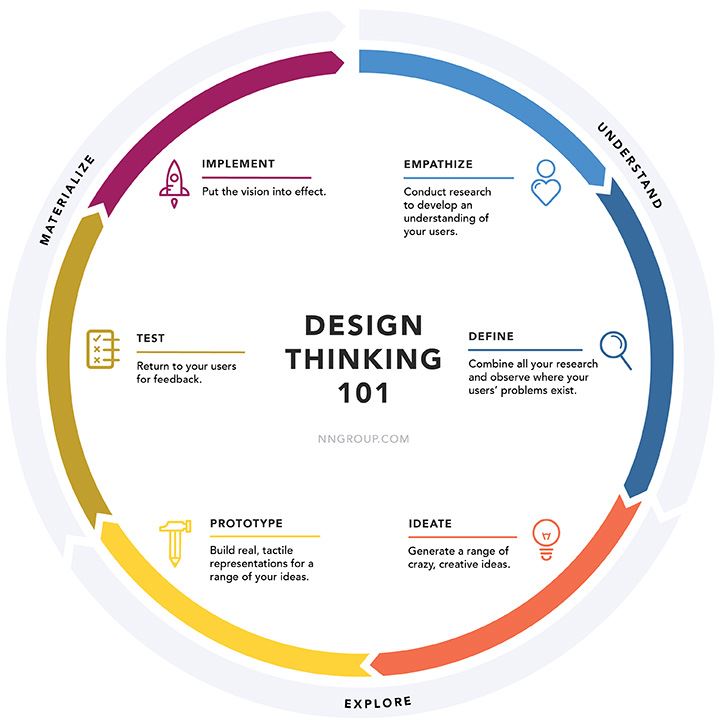“Out of a playful movement of elements whose interrelations are not immediately apparent, patterns arise which an observant and critical intellect can only evaluate afterwards. The creation of something new is not accomplished by the intellect but by the play instinct acting from inner necessity.” Carl Jung
“The best way to have a great idea is to have a lot of ideas.” Linus Pauling
Mock-ups and sketches are fundamental to my artistic practice, and I would posit that they are fundamental to most creative endeavors. Yet so often we focus on the finished product giving little regard to the many mock-ups that occurred before the finished piece. This act of creating multiple iterations offers valuable lessons and developments in emotional growth and skill building. Though students often desire to skip this process in an effort to save time, and established artists may cut corners confident in their experience, both rob themselves of the unexpected discoveries that occur when you experiment with size and materials.
The creation of mock-ups is a way of thinking through the hands, an act of play, an application of design thinking. Play has often been defined as being a spontaneous activity that is joyful, having the absence of consequences and the removal of constraint. [1] The mock-up is the act of play applied to design thinking.
Nielsen Norman Group

There is no way to replicate the freedom of association that can occur when the mind is allowed to be “absent of consequence and constraint,"[2] at least for a little while.
I am reminded of a story relayed in Art & Fear: Observations on the Perils (and Rewards) of Artmaking by David Bayles and Ted Orland. It is said that a ceramics professor divided his class at the beginning of the semester into two groups. One group would be graded based on quantity and the other on quality. The students in the quantity group would be graded on the number of pots they produced and the quality group was to be graded on producing one “perfect” pot. When the day came to inspect the work, it was clear that the quantity students had produced the higher quality work because they learned from the experience of every pot they built while the students responsible for producing a single pot had mostly spent their time theorizing their designs and did not have the physical understanding of the medium to execute the work. Creating mock-ups removes the pressure of perfectionism and allows you to focus on creating intimate knowledge of the material. Ironically, it is the understanding of the medium through “play” that enables a higher level of execution in future constructions.
Respecting the value of mocking-up ideas is one of the most powerful tools for both artists and scholars. We would all do well to remember the value of mock-ups both as a way to build experiential knowledge and as potential reference tools. They don’t have to be pretty or perfect; they just need to help you decipher pros and cons of each option conceived and tested. Studying mock-ups/prototypes also assists scholarly speculation in tracing the progress and development of book forms, techniques, and artistic voices. It is my hope that more book artists and especially those who are also educators will strongly promote and share the prototyping side of their creative practices.
[1] Gareth Loudon, Gina Deininger, Paul Wilgeroth, “The Importance of Play and Creativity in the Design Curriculum,” International Conference on Engineering and Product Design Education, Artesis University College, Antwerp, Belgium, September 6-7, 2012.The Importance of Play and Creativity in the Design Curriculum
[2] Ibid.
Jerushia Graham is Museum Coordinator for Robert C. Williams Museum of Papermaking. She served as the North American Hand Papermakers’ inaugural VP of Exhibitions/Curatorial. The Georgia Committee for the National Museum of Women in the Art has recognized her artwork. Graham earned her Book Arts/Printmaking MFA from the University of the Arts. https://jerushiagraham.wixsite.com/jerushiagraham

